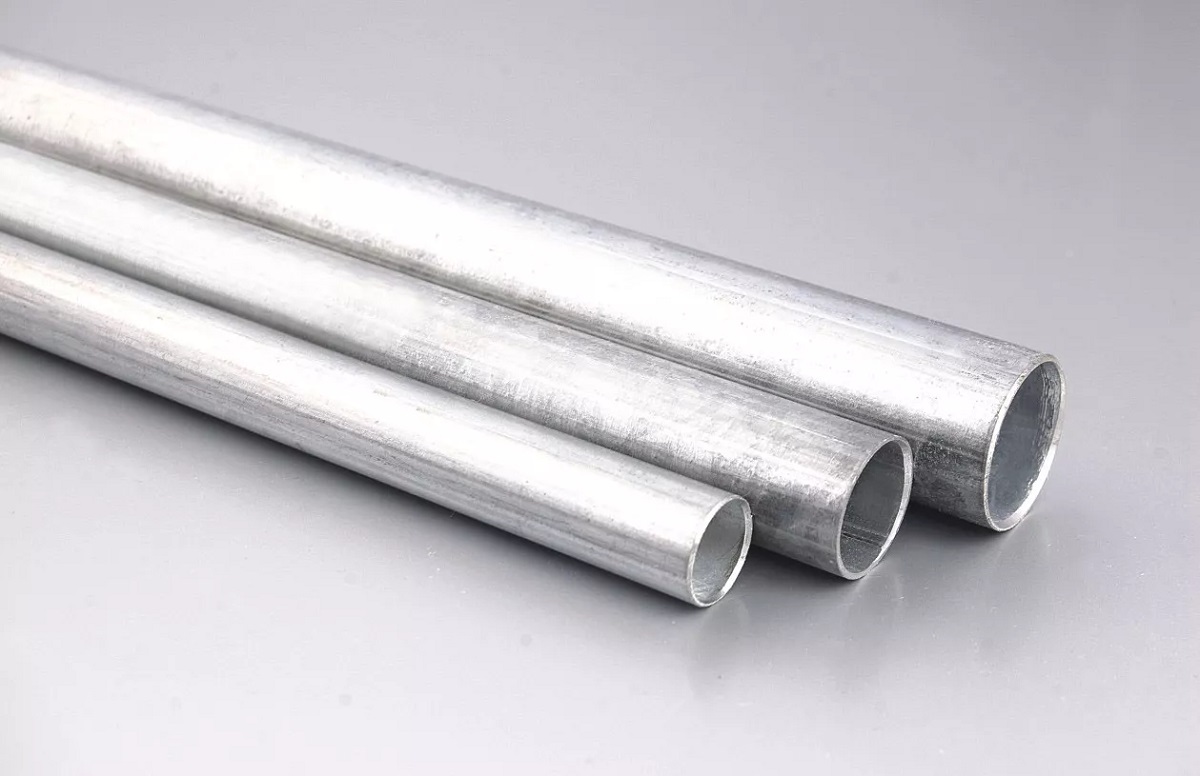

Articles
What Length Does Conduit Come In
Modified: October 20, 2024
Find articles on what length conduit comes in and discover the various sizes available for your electrical projects. Get expert insights and tips today.
(Many of the links in this article redirect to a specific reviewed product. Your purchase of these products through affiliate links helps to generate commission for Storables.com, at no extra cost. Learn more)
Introduction
When it comes to electrical installations, conduits play a crucial role in protecting and organizing electrical wires. However, installing the right length of conduit is essential to ensure a clean and efficient wiring system. Whether you are a professional electrician or a DIY enthusiast, understanding the different lengths that conduits come in is vital for a successful installation.
In this article, we will delve into the various options available when it comes to conduit lengths. We will explore the factors to consider when choosing the proper length, the popular standard lengths, and even custom length options. By the end, you will have a comprehensive understanding of conduit lengths and be better equipped to select the right option for your electrical project.
So, let’s dive into the fascinating world of conduits and discover the right length for your wiring needs!
Key Takeaways:
- Understanding the factors that influence conduit length selection is crucial for efficient electrical installations. Consider distance, bends, future expansion, and space limitations to ensure optimal conduit functionality.
- Standard and custom conduit lengths offer flexibility for various electrical projects. From 6-foot to 10-foot standard options to custom fabrication, there are solutions to meet specific installation requirements.
Read more: What Lengths Does Trex Decking Come In
Understanding Conduit
Before we delve into the different lengths of conduit, let’s first understand what conduit is and its role in electrical installations. Conduit is a protective pipe or tubing system that houses electrical wires, providing protection against physical damage, moisture, and other environmental factors.
Conduit serves as a pathway for electrical wires, keeping them organized and preventing potential hazards. It also facilitates future modifications or additions to the electrical system, as wires can be easily pulled through the conduit.
There are various types of conduit available, including metallic and non-metallic options. Metallic conduits, such as rigid metal conduit (RMC) and electrical metallic tubing (EMT), are known for their durability, strength, and ability to withstand harsh conditions. Non-metallic conduits, such as PVC (polyvinyl chloride) and HDPE (high-density polyethylene), offer flexibility and ease of installation.
Conduit comes in different sizes, which are measured by their internal diameter (ID). Common sizes include 1/2 inch, 3/4 inch, 1 inch, and larger. The size of the conduit will depend on the number and gauge of the wires it will house.
Now that we have a better understanding of conduit, let’s explore the different lengths available for these essential electrical components.
Length Options for Conduit
Conduit is available in various standard lengths, typically ranging from 6 feet to 10 feet. These standard lengths offer convenience and ease of installation, as they can be easily cut or connected to fit the desired length for your electrical project.
Here are some of the most common standard lengths of conduit:
- 6 feet: This is the shortest standard length available for conduit. It is commonly used for shorter electrical runs or when only a small amount of conduit is needed.
- 8 feet: A popular length for conduits, the 8-foot option provides a bit more flexibility than the 6-foot length and is commonly used for residential and light commercial electrical installations.
- 10 feet: This is the longest standard length for conduit and is often utilized in larger commercial or industrial projects where longer runs are required or when fewer joints are desired.
It is important to note that these standard lengths may vary depending on the type and material of the conduit. Additionally, some conduit manufacturers offer intermediate lengths between the standard options, providing more flexibility in selecting the right length for your specific project requirements.
While the standard lengths of conduit are suitable for many installations, there are situations where custom lengths may be necessary. Let’s explore some of the factors to consider when choosing the appropriate conduit length for your specific electrical project.
Factors to Consider When Choosing Conduit Lengths
When it comes to selecting the right conduit length for your electrical project, there are several factors to consider. Taking these factors into account will ensure proper installation and optimize the functionality of your electrical system. Here are some key factors to keep in mind:
- Distance: The distance that the conduit needs to cover is an essential factor in determining the appropriate length. Measure the distance between the electrical source and the endpoint where the wires will terminate. This will help you determine the length of conduit required.
- Bends and Turns: If your electrical system requires bends or turns, you will need to account for the extra length of conduit needed to navigate these twists. It is essential to consider the space required for bends and ensure that the conduit can accommodate them properly.
- Riser Runs: In multi-story buildings, riser runs are vertical sections of the conduit that connect different floors. Consider the height of the building and the number of floors to determine the length of the riser runs needed.
- Filling the Conduit: Take into consideration the number and gauge of the wires that will be running through the conduit. Ensure that the conduit has enough capacity to accommodate the wires comfortably without causing overcrowding.
- Future Expansion: If there is a possibility of future expansion or modification of the electrical system, it is wise to have some additional length of conduit to allow for flexibility and ease of future wire pulling. Remember to plan for potential changes in the system and leave room for future growth.
- Space Limitations: Evaluate the available space and accessibility for conduit installation. If there are space constraints or obstacles, such as walls or obstacles that may hinder conduit placement, consider the length and routing of the conduit accordingly.
By considering these factors, you will be able to determine the ideal length of conduit for your electrical project, ensuring efficiency, safety, and ease of installation.
Now that we understand the factors involved in choosing conduit lengths, let’s explore some of the popular standard lengths that are readily available in the market.
Conduit typically comes in standard lengths of 10 feet or 20 feet. It’s important to measure and plan accordingly to minimize waste and ensure you have enough for your project.
Popular Standard Lengths of Conduit
When it comes to conduit lengths, several popular standard options are readily available in the market. These lengths are commonly used in various electrical installations and offer convenience and compatibility with standard electrical components. Here are some of the popular standard lengths of conduit:
- 6 feet: The 6-foot length is a common option for shorter electrical runs or when only a small amount of conduit is needed. It is often used for residential projects and smaller-scale installations.
- 8 feet: The 8-foot length is a versatile option widely used in both residential and light commercial installations. It provides a bit more flexibility than the 6-foot length and is suitable for a range of electrical applications.
- 10 feet: The 10-foot length is the longest standard option for conduit. It is commonly used in larger commercial, industrial, and infrastructure projects where longer runs are required or when fewer joints are desired.
These standard lengths are available in various types of conduit, including metallic and non-metallic options. Metallic conduits, such as rigid metal conduit (RMC) and electrical metallic tubing (EMT), typically come in these standard lengths and offer durability and strength. Non-metallic conduits, such as PVC (polyvinyl chloride) and HDPE (high-density polyethylene), also offer these standard lengths with the added benefit of flexibility and ease of installation.
It is important to note that while these standard lengths are readily available, some manufacturers may offer intermediate lengths between the standard options. These intermediate lengths can provide increased flexibility and customization when selecting the right conduit length for your specific project requirements.
Now that we have explored the popular standard lengths of conduit, let’s move on to discussing custom length options for those unique electrical installations that require specialized conduit lengths.
Read more: What Length Do Curtains Come In
Custom Length Conduit Options
While standard lengths of conduit are readily available and commonly used in many electrical installations, there are instances where custom length options may be necessary. Custom length conduit provides the flexibility to meet the unique requirements of specific projects. Here are some options for obtaining custom conduit lengths:
- Cutting Standard Lengths: Most types of conduit, including metallic and non-metallic options, can be easily cut to the desired length using a hacksaw, pipe cutter, or specialized conduit cutting tools. This allows you to create custom lengths tailored to your specific needs. However, it is essential to ensure clean and straight cuts to maintain the integrity and functionality of the conduit.
- Extended Lengths: In some cases, when longer conduit runs are needed, manufacturers may offer extended lengths beyond the standard options. Extended lengths can provide the convenience of continuous conduit runs without the need for additional joints or connections.
- Custom Fabrication: In specialized situations where standard lengths or extended lengths are not sufficient, custom fabrication of conduit may be required. Custom fabrication involves bending, shaping, or joining sections of conduit to create non-standard lengths. This option is often utilized in complex installations or unique projects where standard off-the-shelf solutions are not suitable.
When opting for custom length conduit options, it is crucial to consider factors such as the compatibility of the conduit material and type with the specific electrical system requirements, compliance with local electrical codes and regulations, and the need for specialized tools or equipment for installation.
Consulting with a professional electrician or conduit supplier can help you navigate the process of obtaining custom length conduit and ensure that the chosen custom options are safe, efficient, and meet the specific needs of your electrical project.
Now that we have explored the various options for obtaining custom lengths of conduit, let’s summarize the key points we have covered in this article.
Conclusion
Choosing the right length of conduit is crucial for a successful and efficient electrical installation. Understanding the options available and considering various factors will help you make an informed decision and ensure that your wiring system is protected and organized.
We began by understanding the role of conduit in electrical installations and the different types available, including metallic and non-metallic options. Conduit provides a protective pathway for electrical wires, safeguarding them against physical damage and environmental factors.
We explored the standard lengths of conduit, such as 6 feet, 8 feet, and 10 feet, which are commonly used in residential, commercial, and industrial projects. These standard lengths provide convenience and compatibility with standard electrical components.
Additionally, we discussed the factors to consider when choosing conduit lengths, such as distance, bends and turns, riser runs, wire capacity, future expansion, and space limitations. Taking these factors into account ensures that your conduit installation is optimal and meets the specific requirements of your project.
In situations where standard lengths do not suffice, we explored custom length conduit options. Cutting standard lengths, opting for extended lengths, or even resorting to custom fabrication enables you to tailor the conduit to your specific needs. However, it’s important to ensure compliance with electrical codes and regulations and consult with professionals when necessary.
By combining your understanding of conduit lengths with careful consideration of project requirements, you can create a well-organized, efficient, and safe electrical system.
In conclusion, choosing the right length of conduit is a critical step in any electrical installation, whether it’s a small residential project or a large-scale commercial endeavor. By understanding your options, considering the necessary factors, and exploring custom length options when needed, you can ensure that your conduit installation meets the highest standards of quality and functionality.
Remember, when in doubt, always consult with electrical professionals or conduit manufacturers to obtain expert advice and guidance.
Good luck with your electrical projects, and may your conduit lengths always be spot on!
Frequently Asked Questions about What Length Does Conduit Come In
Was this page helpful?
At Storables.com, we guarantee accurate and reliable information. Our content, validated by Expert Board Contributors, is crafted following stringent Editorial Policies. We're committed to providing you with well-researched, expert-backed insights for all your informational needs.
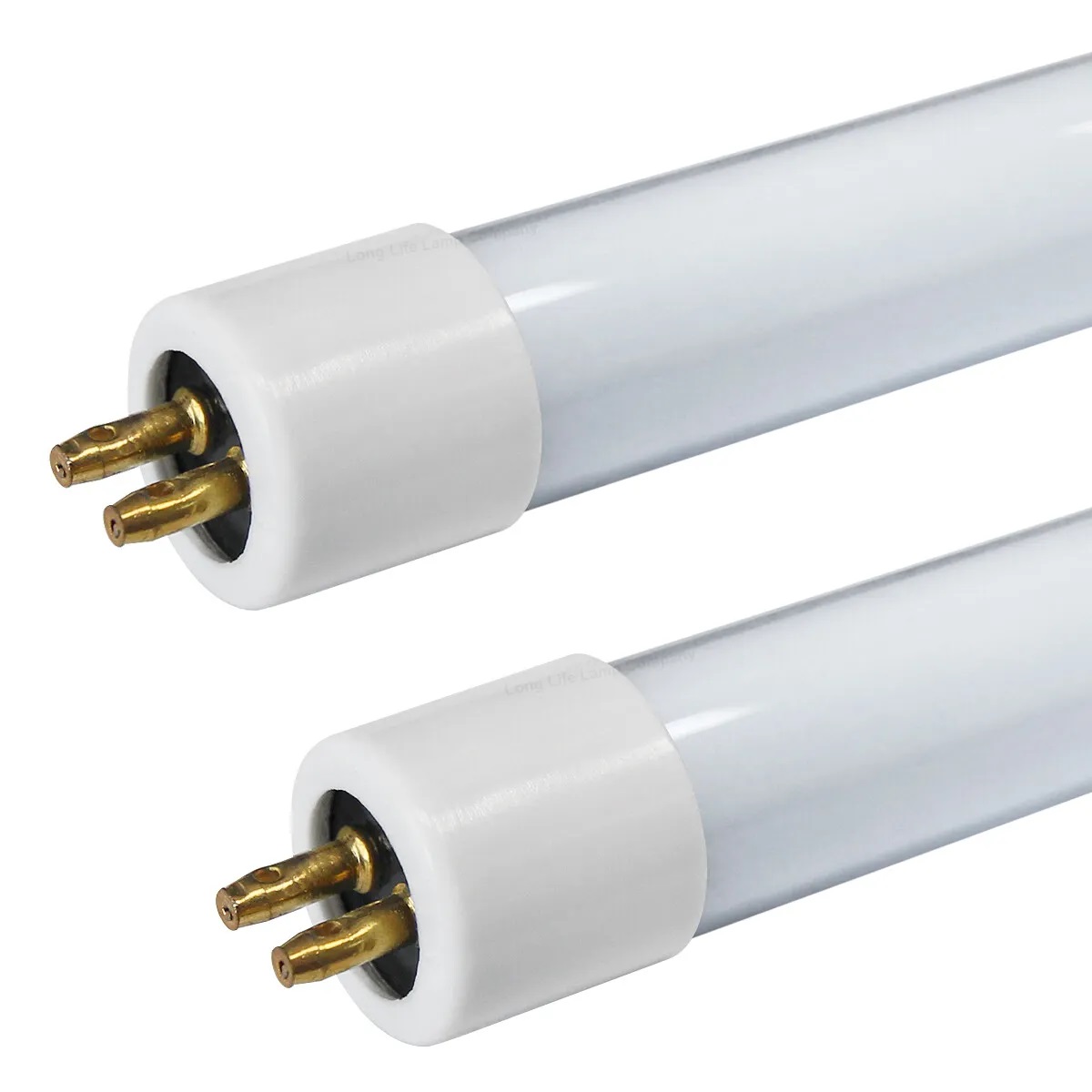

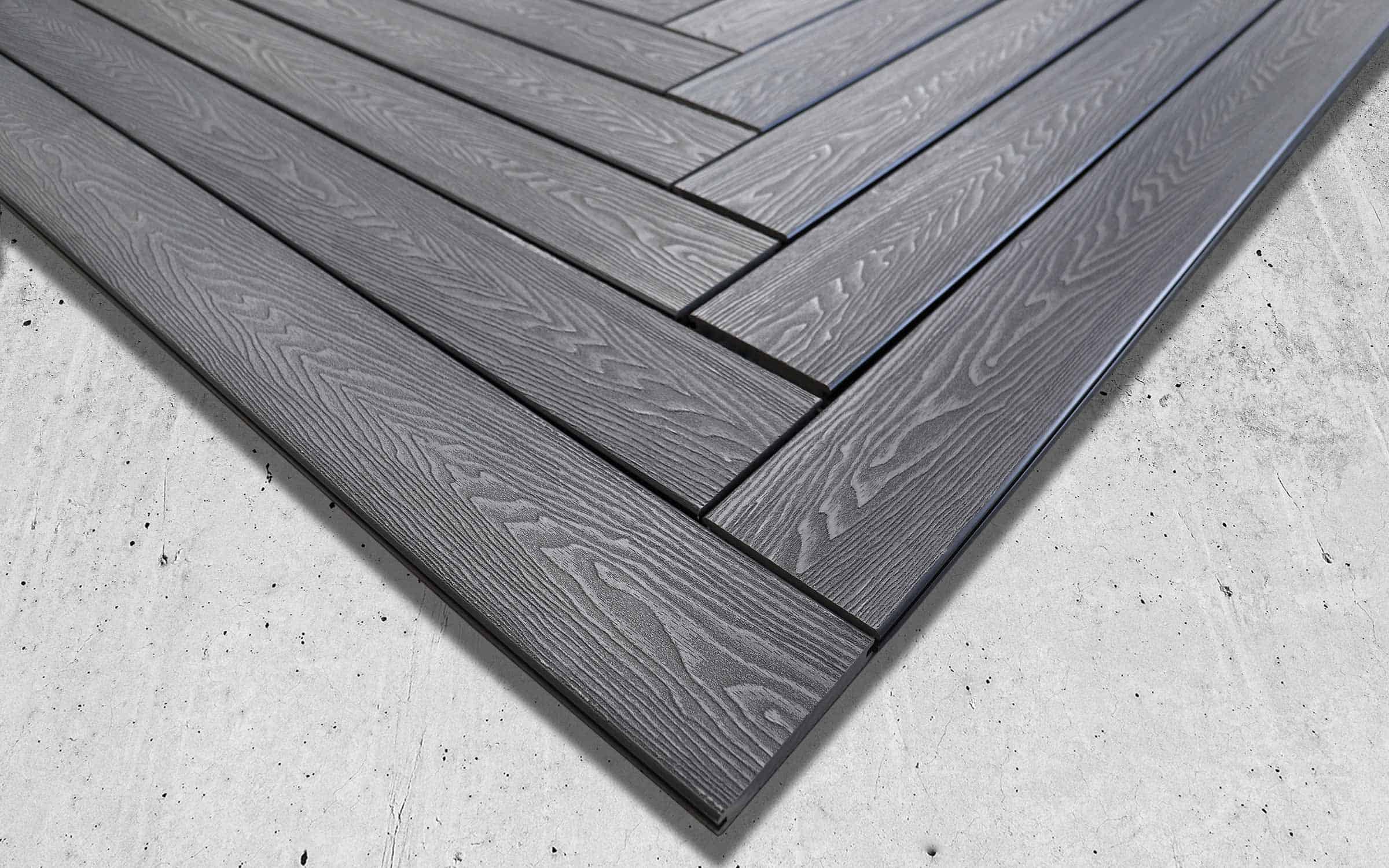
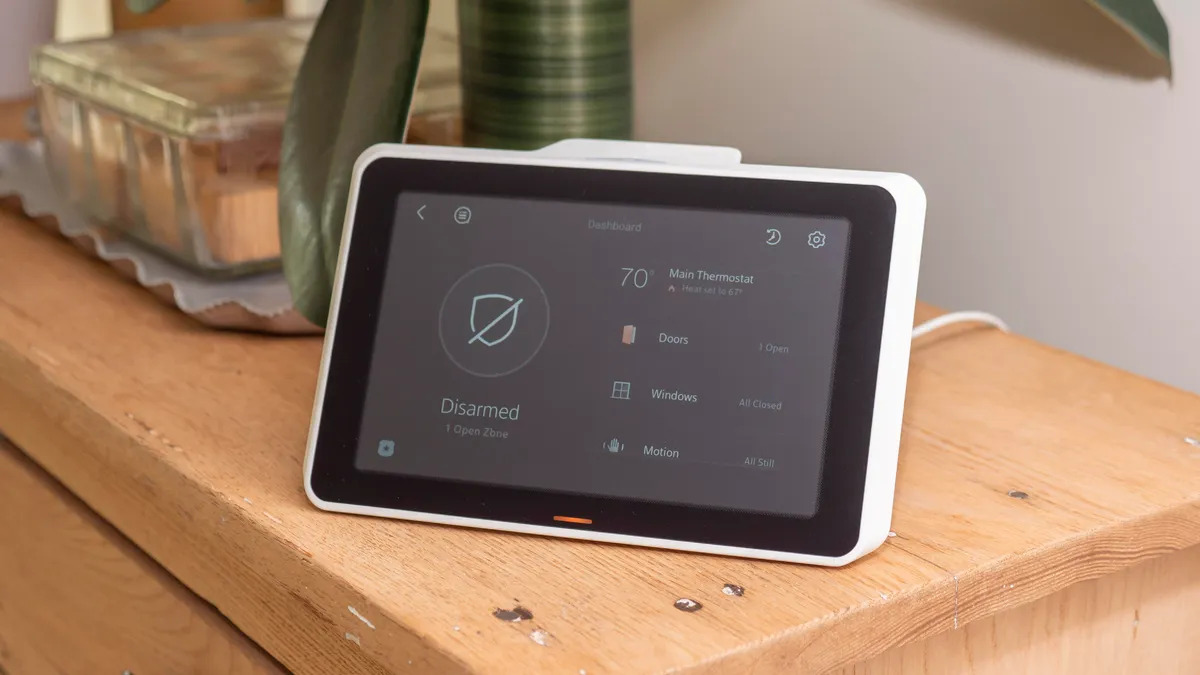
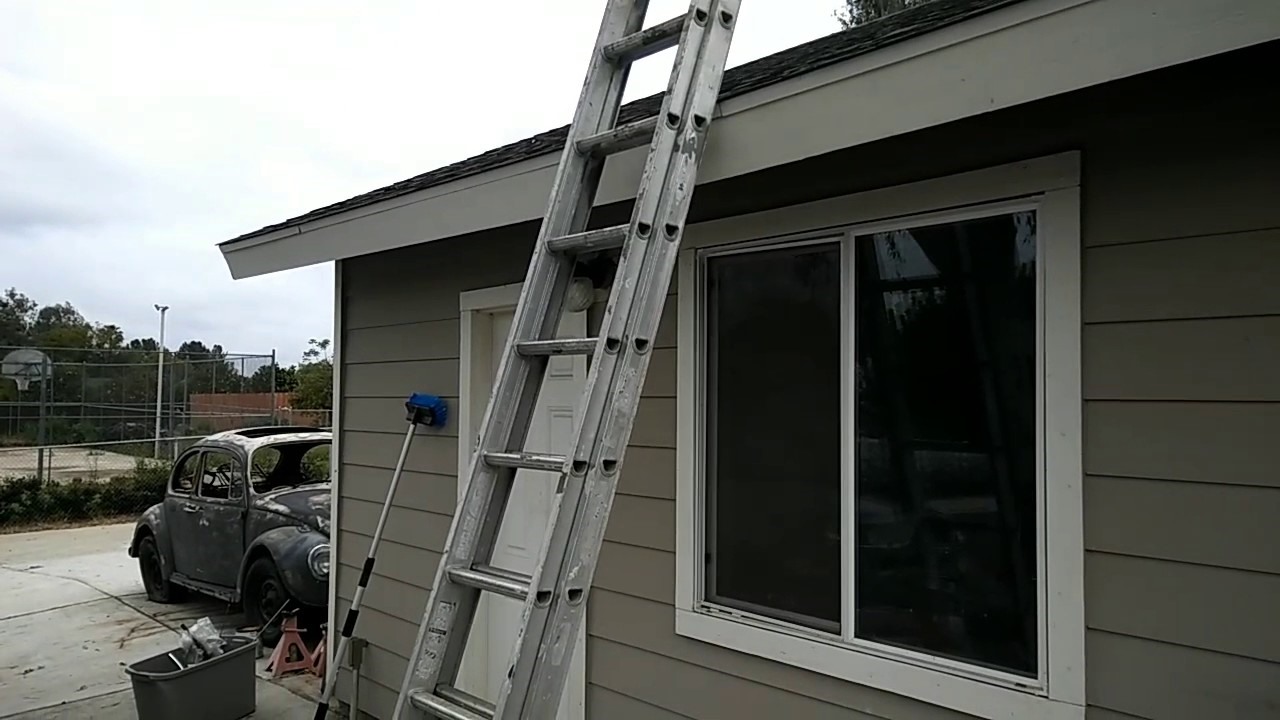




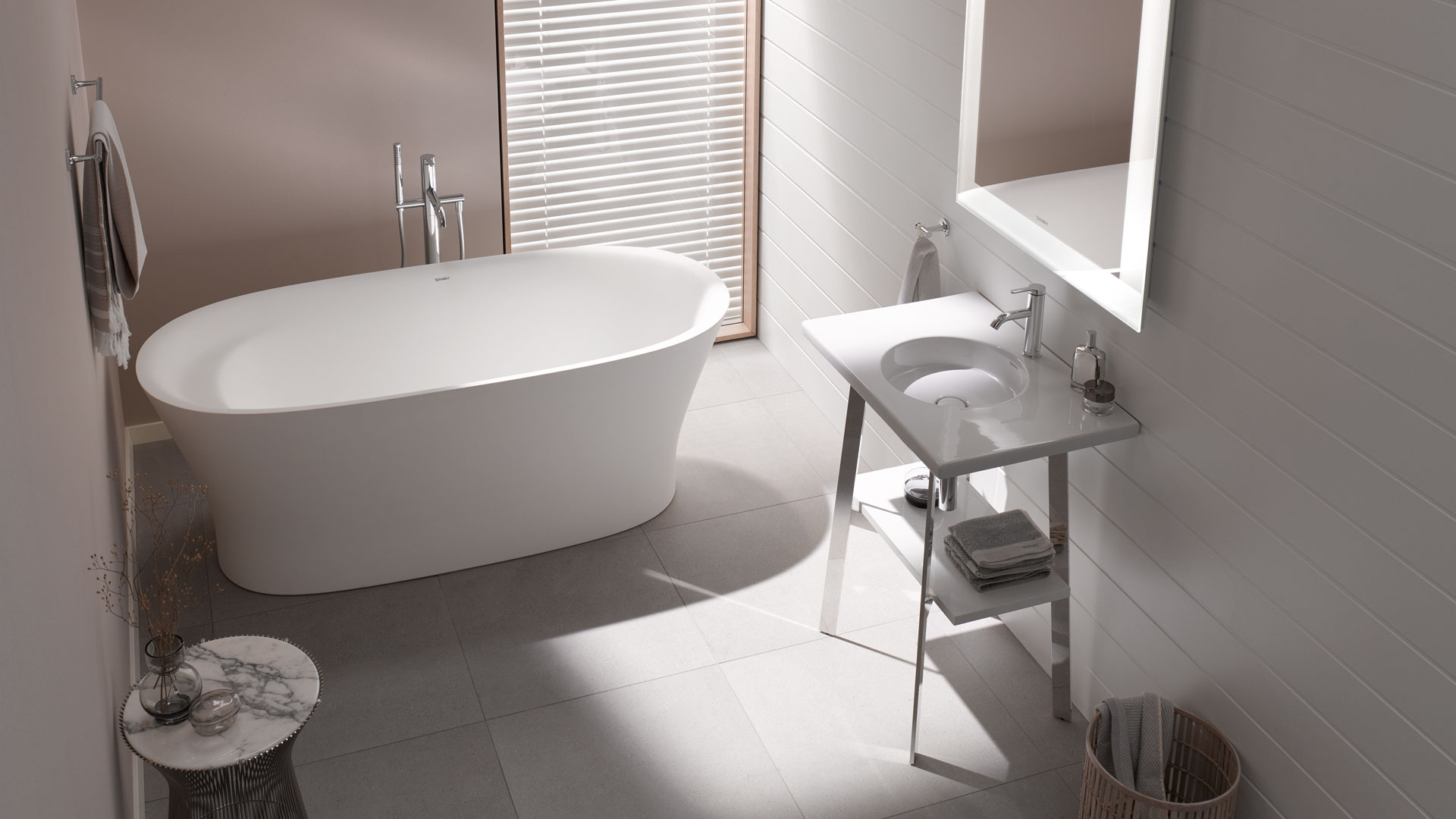



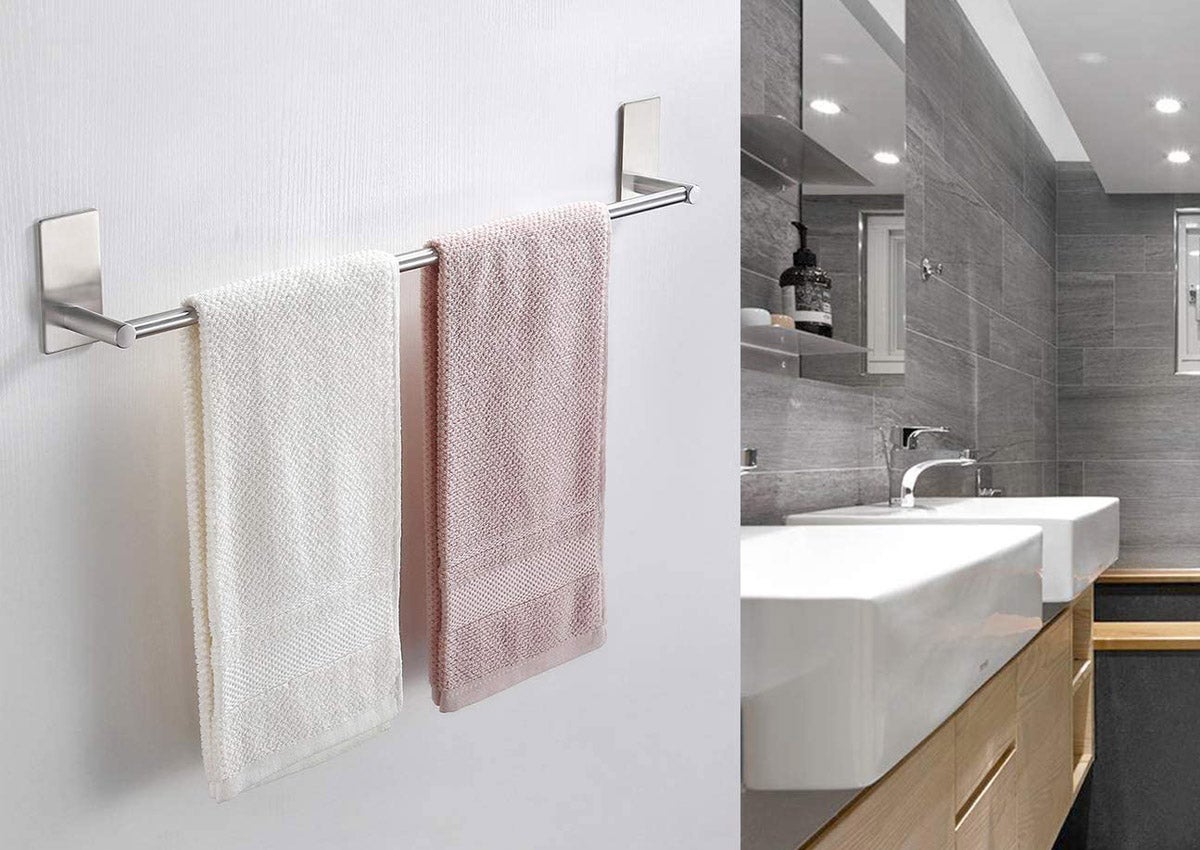

0 thoughts on “What Length Does Conduit Come In”